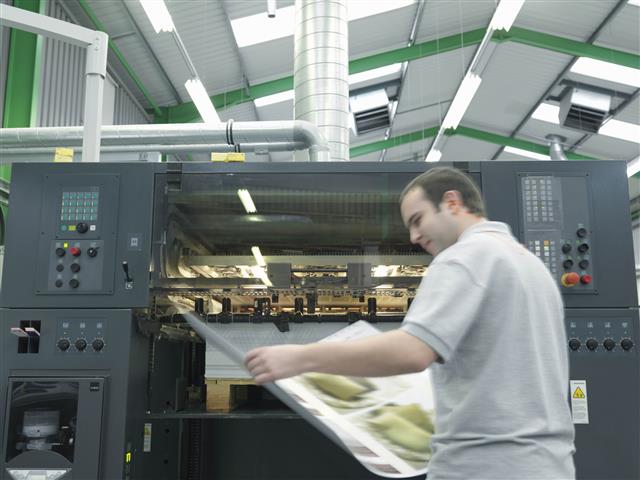
On a recent assignment, I worked with the company that was struggling with production. Their struggle was not obvious to them until the production manager was on vacation and the staff could not impose a business card order. Even after calling the production manager, the instructions were so complicated that the company was forced to ask, “is there a better way to do this?”
After a day on site it was clear that the company was lacking imposition software and unaware how to preflight and repair PDF files. Recommending imposition software and demonstration features within Acrobat was easy to do.
But a more challenging issue was the informal training program used for staff to back one another up. Like most other companies, they were aware of the need to have staff back each other up in case of sickness or vacations. And like most other companies, when the backup person had to perform the work, they struggled and were ineffective for most of the time they had to fill in.
There is a strategy, however, which helps to not only formalize standard operating procedures, but also help the staff in backup positions repeat the training when needed and when the primary person is not around. It’s based on the standard operating procedures (SOPs) we’ve been talking about for years but utilizes the technology which makes SOPs easier to create, and more importantly, easier to recall. That strategy is known as video SOPs.
It is easiest to understand the benefits when thinking about very manual tasks…for example, setting up a machine such as a finishing device. Oftentimes, setting up that device requires going to certain places and moving the knobs and dials that control how that equipment operates. In the old days, we used to write step-by-step procedures. Those SOP document creators who were more ambitious may have added pictures or diagrams. But no matter how well you created traditional standard operating procedures, most of us in the printing industry watch them sit on shelves, gathering dust.
Driving Factors of Video Training

Video training is becoming part of our culture. As more people see the benefits of searching YouTube for videos on how to fix our computer or build a new deck, the value of video training is undeniable. It doesn’t cost much because today’s smart phones often have better video capabilities than video cameras from just a few years ago. And it’s easy to do. All you have to do is ask someone to describe what they’re doing, why they’re doing it, and how they’re doing it. And after practicing for a few minutes, you can create a video with important content.
If you simply made a video using something as simple as your phone and allowed that production person to simply explain what, why, and how they were doing a procedure, it would make it much easier for the backup person to replicate that process. It’s very much like the tremendous interest today in YouTube videos.
Once the videos are completed they can be edited and saved in a folder accessible by anyone in the company. When the backup person has to perform a task that they may not remember because they were trained on it six months ago, all they have to do is access a file and they will see exactly how to perform that task.
Everyone thinks they have good staff training, but in actuality most have room for improvement. If you think that your backup people are well-trained I suggest you choose 2 or 3 people and asked them to perform a few tasks while the primary person watches. If the primary person reports they did a good job, then you do infact have a good backup procedure. If not, you might consider video SOPs.
—
Howard Fenton is a Consultant and Business Advisor at NAPL. Howie advises commercial printers and in-plants on benchmarking performance against industry leaders, increasing productivity through workflow management, adding and integrating new digital services, and adding value through customer research.



